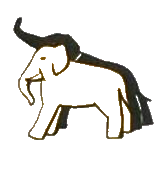Eel Soup (with Tami Izko)
By detecting magnetic fields, eels migrate to the Sargasso Sea to reproduce. They leave rivers behind and swim towards the Ocean to meet what scientists call “their life’s goal”, after which they die. The offspring will then swim back to the rivers, which are thousands of kilometres away. Each eel travels at its own pace, arriving before, during or after spring. Their last journey is a lonely one, whereas new-borns will make their way back to the rivers along with others, and there they will share a life together.
Now imagine an eel soup: a wriggling mass of creatures whose ends and beginnings can be swapped in the human eye, trapped in a limited space, their bodies entangled below the surface or floating on top of it, half submerged in the liquid that now holds them.
Like the visible bits of the viscous animals you have just pictured, the objects presented here are fragments of an ephemeral reality. By carefully observing spaces and body parts as they twist, press, open, close, bend and touch, photography and clay have become our means to reinterpret a series of meaningful connections. The resulting series of reconfigurations ultimately tells a story of coexistence, one that is largely built around the lingering images left behind by otherwise vanishing intersections.
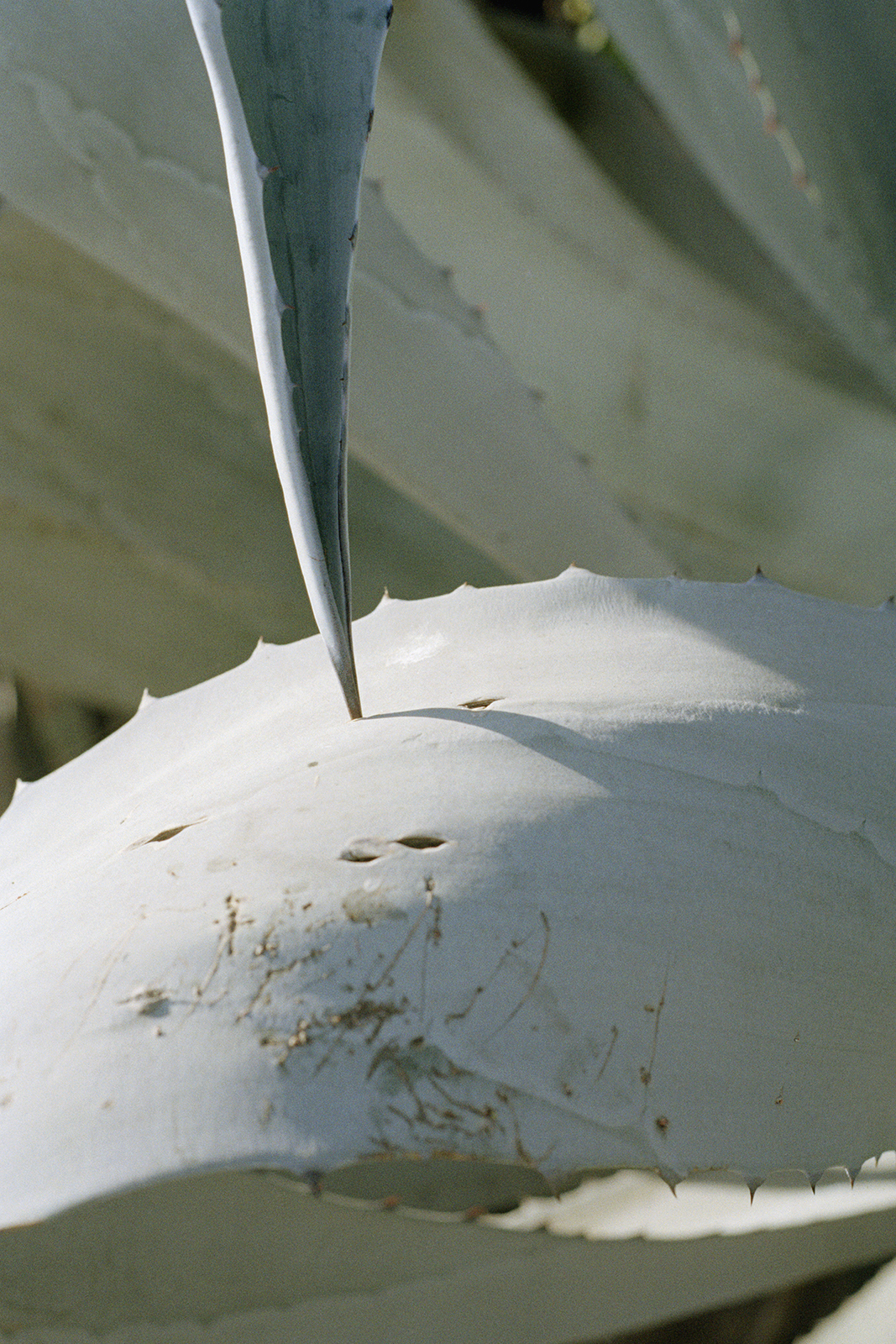
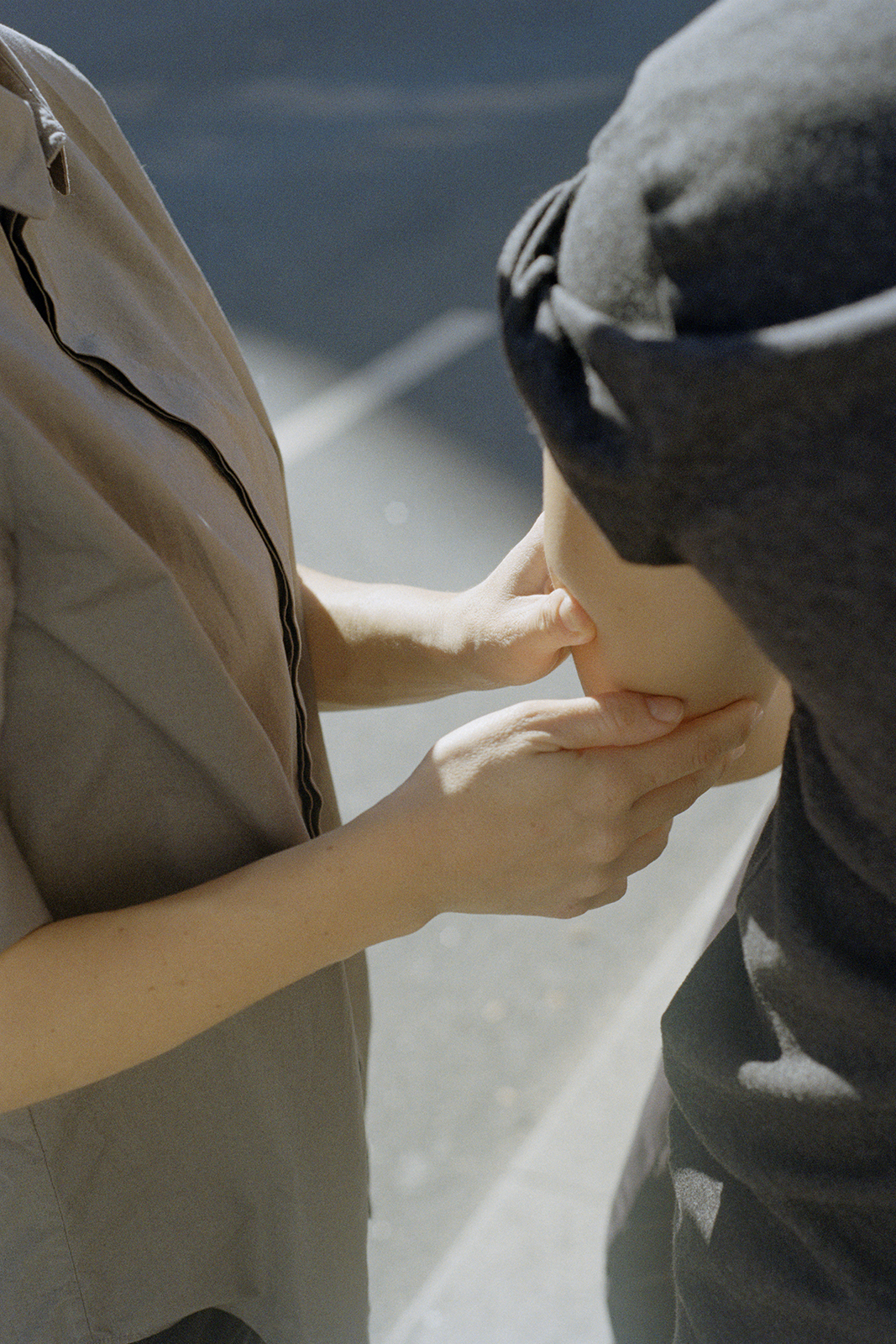
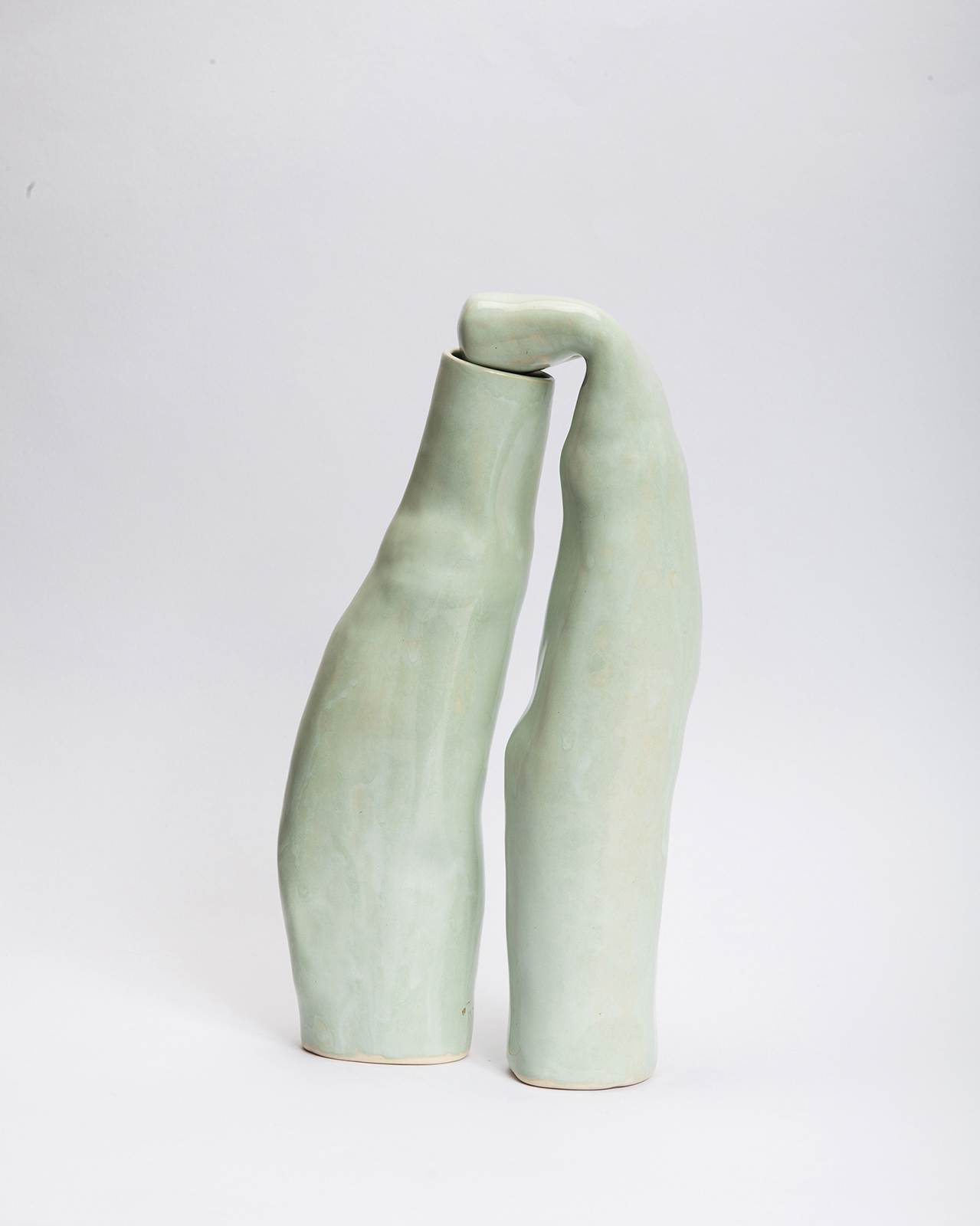
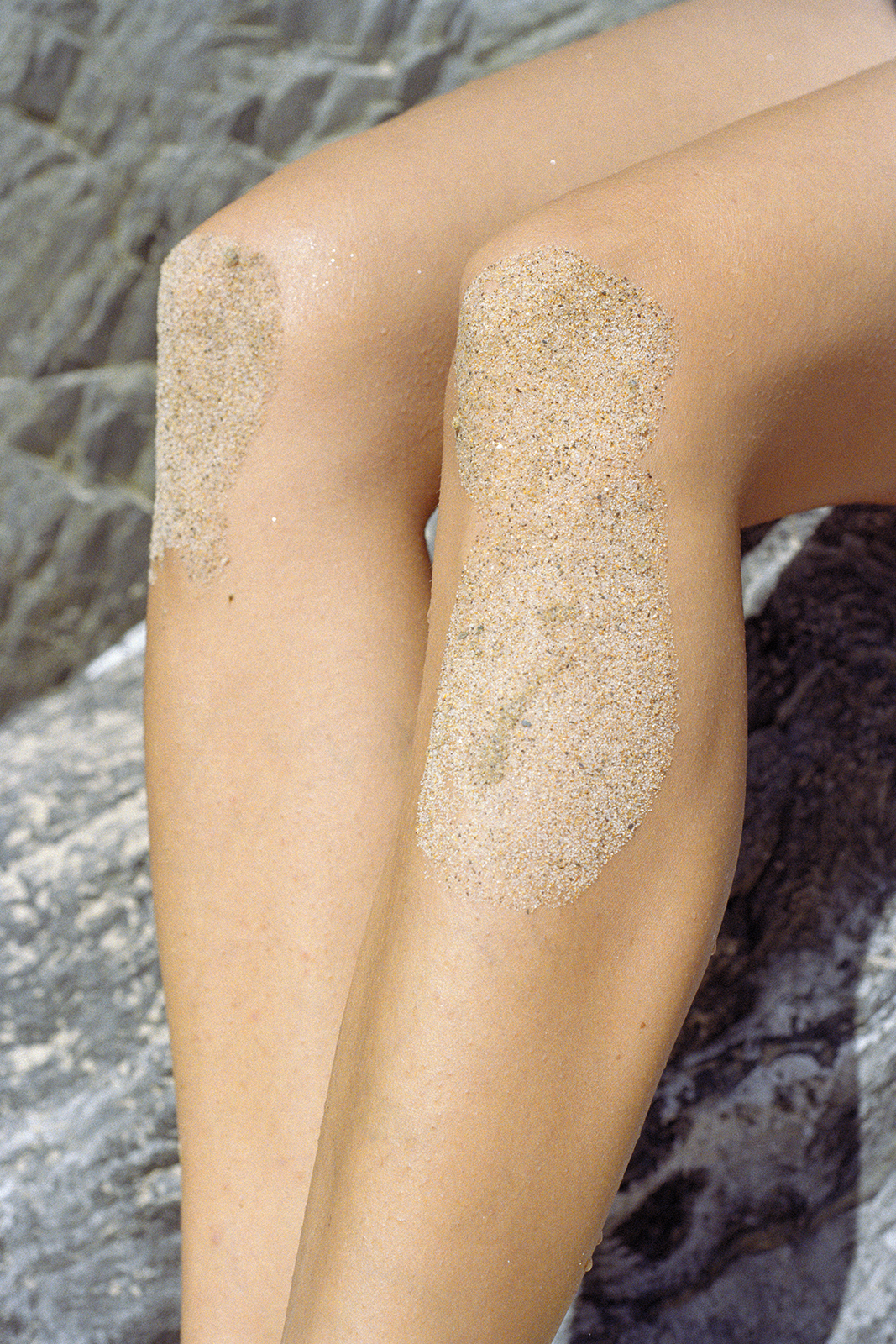


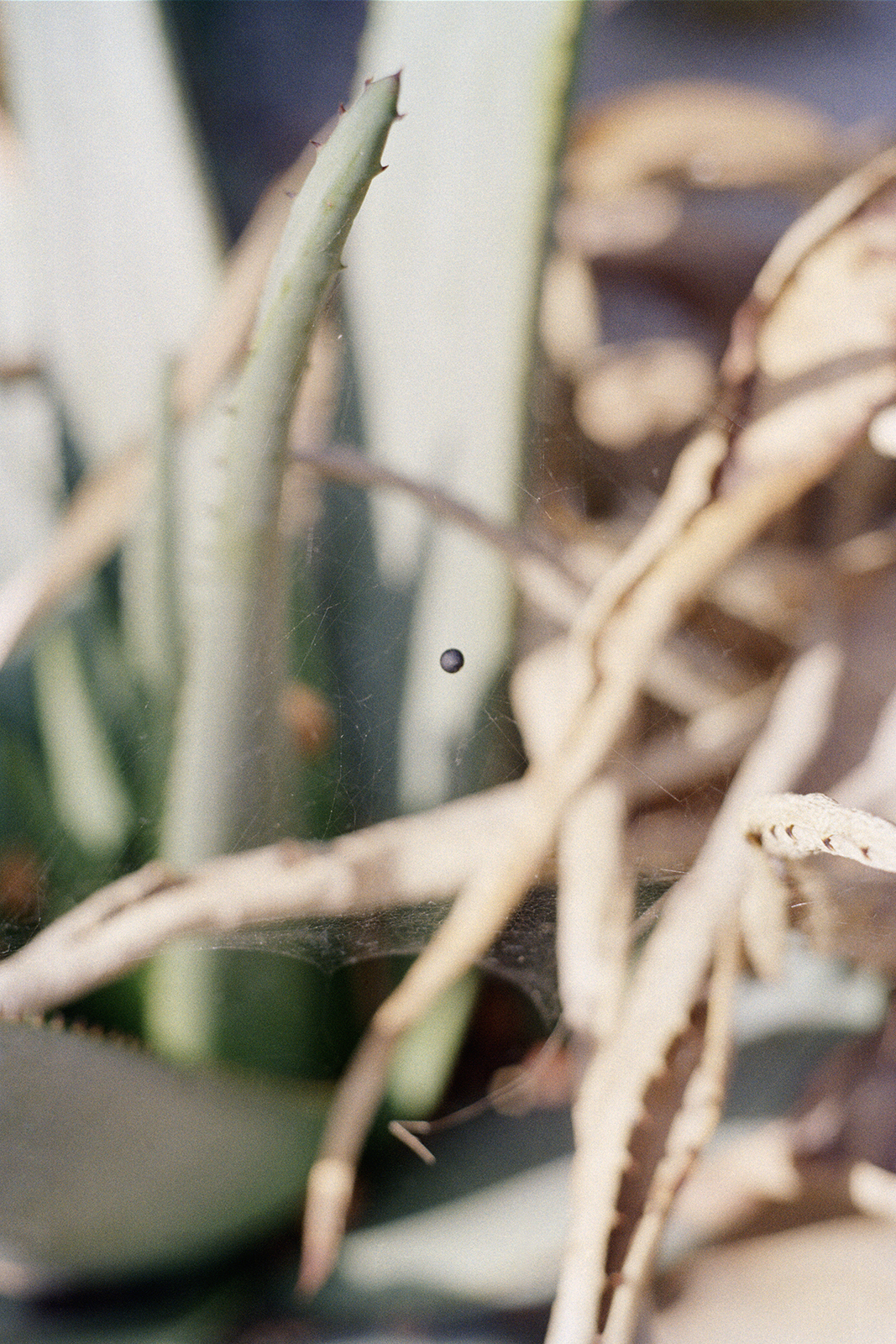

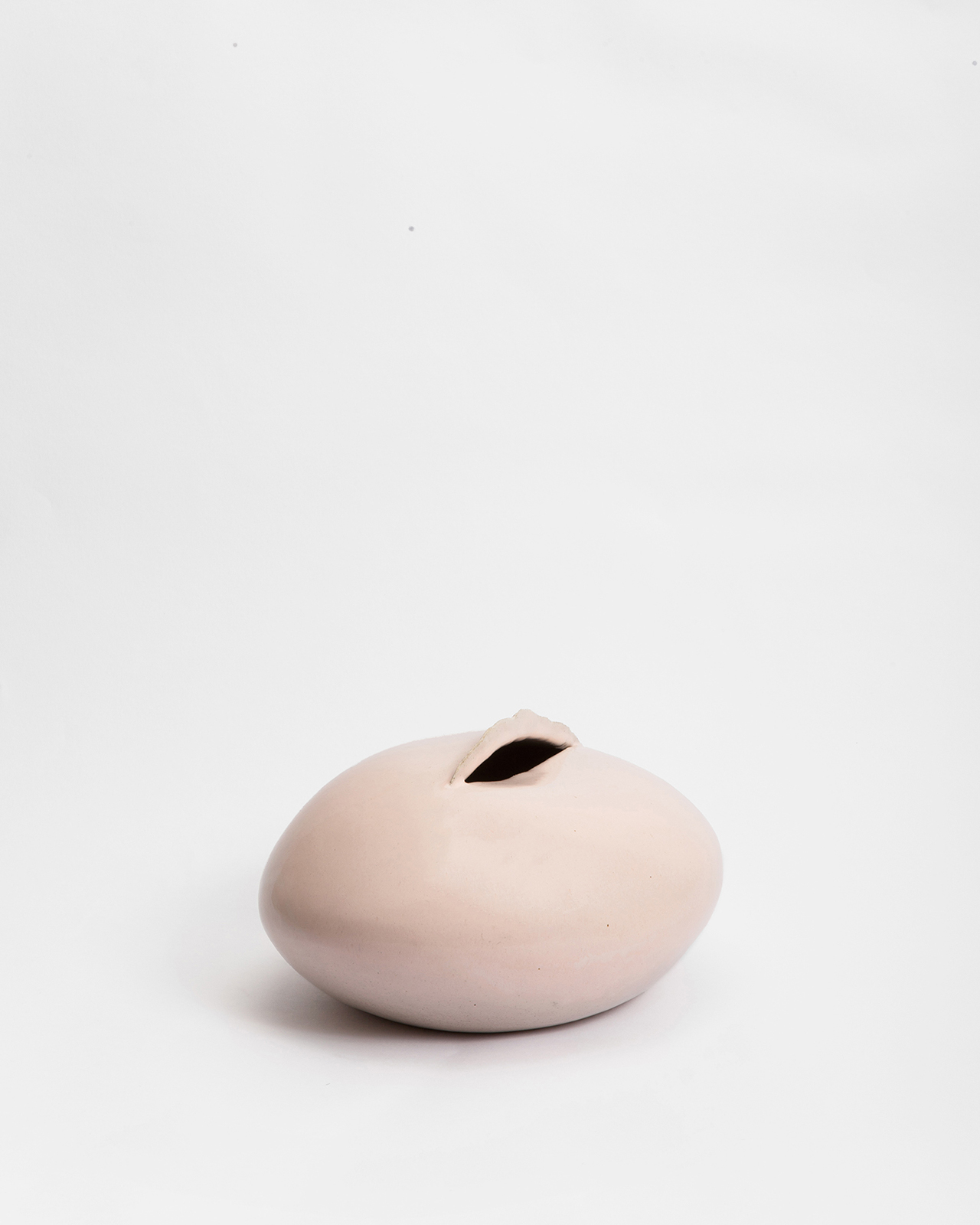
3
